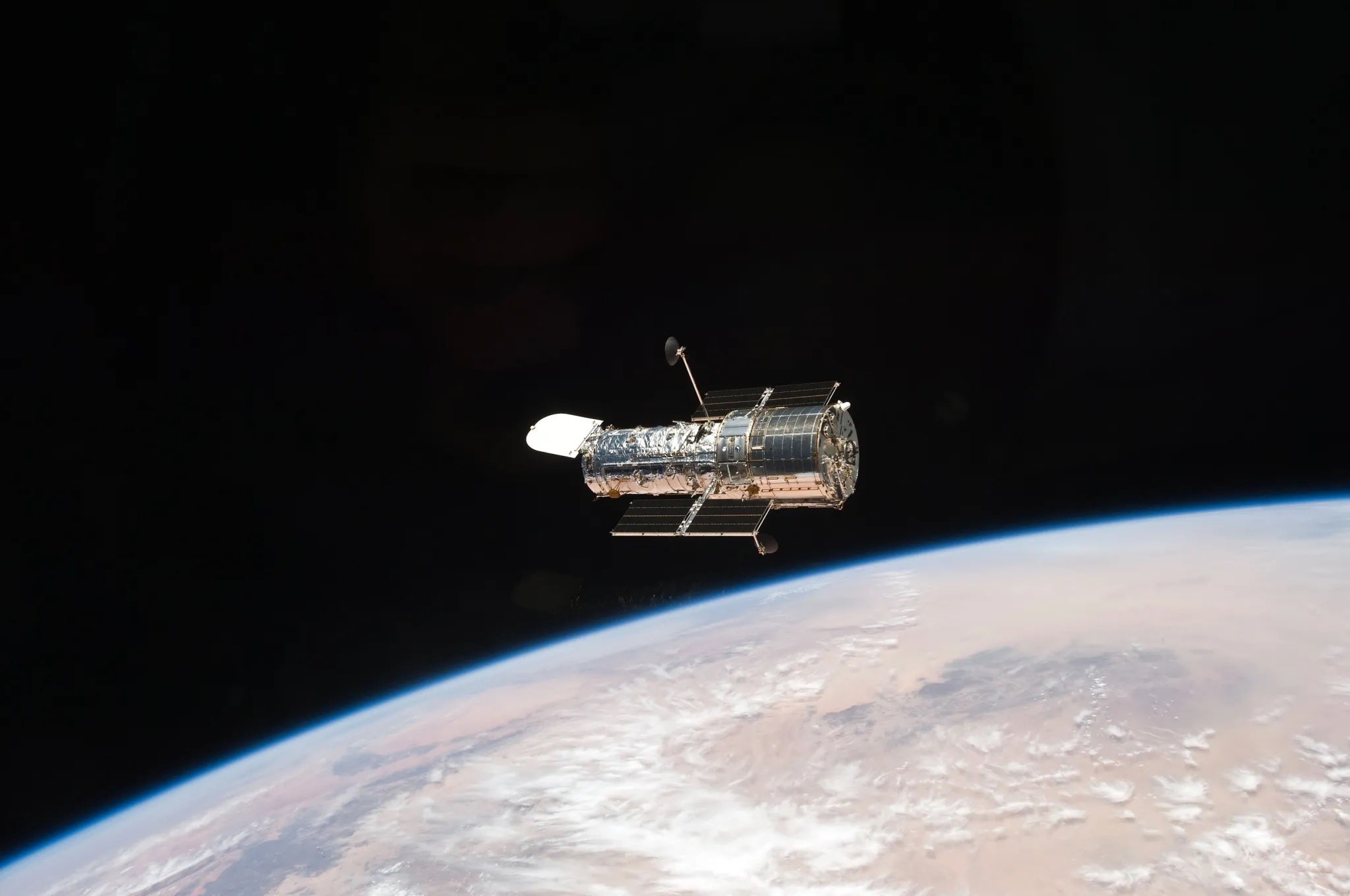
After repeated interruptions due to a faltering gyroscope, the Hubble Space Telescope will transition to operating using only one gyroscope, NASA announced June 4. The telescope’s set of gyros helps measure and control the telescope’s attitude, or orientation, and keeps Hubble steady and its images sharp.
The most recent pause to Hubble’s science observations came after one of its gyros was sending faulty readings, causing the observatory to enter safe mode May 24. While ideally, the telescope uses three gyros to efficiently monitor and control its movement in all directions, it can remain operational with just one gyro.
Hubble is now down to two good gyros, out of the six that were installed during its most recent servicing mission in 2009. Resuming operations with only one gyro safeguards the other for later use.
Contingency plans
Using one gyro was always part of NASA’s contingency plan for Hubble. The technique makes use of other onboard sensors like cameras and magnetometers as substitutes for the failed gyros, and was developed over two decades ago to keep the observatory operating for as long as possible.
Hubble has operated with only two gyros before. From 2005 to 2009 — before its final space shuttle servicing mission — it used only two gyros, and in 2008, NASA tested the one-gyro mode. This test found no impact on the quality of scientific data Hubble collected.
Operating with one gyro does come with a cost. Hubble will be slower to orient itself, take more time to find targets, and be unable to change where it is observing as frequently as before. The telescope also won’t be able to track objects closer than Mars’ orbit as they will be moving too fast through its field of view.
NASA officials aim for Hubble to resume operations with its new configuration in mid-June.









